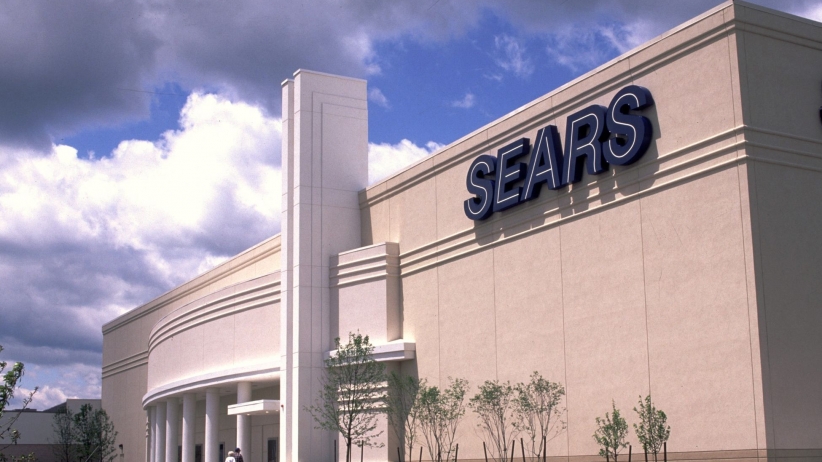
When a company announces to its investors that there is “substantial doubt” about its ability to continue trading, it is clear that there are troubling times ahead. When this happens to a company that previously held the accolade of “America’s largest retailer,” though it is surprising, it can act as a huge learning opportunity for other companies. Sears Holdings has done just that: In the last 10 years, it has closed 2,000 stores and fired over 200,000 employees, and is currently $4.2 billion in debt, announcing Tuesday that it is unsure it will be able to raise the funds to cover the debt.
Sears built its business dominating catalog sales, fulfilling the pre-smartphone on-demand demands of its clientele. This revolution in direct-to-consumer sales created loyal customers, a nationwide network of stores and decades of profit. Times became more challenging for Sears following the rise in popularity of Walmart, which offered similar goods for cheaper prices, and Amazon, which led the charge on ecommerce, and has spent billions of dollars on capitalizing on fast delivery.
Jeremy Bodenhamer, CEO of logistics company ShipHawk, theorized two years ago in an article in VentureBeat that Sears was “in the perfect position to crush Amazon,” by tweaking its focus away from cost-cutting and investing in infrastructure. Bodenhamer speculated that if Sears utilized its brick-and-mortar stores as warehouses for final delivery, it would be able to not only beat Amazon Prime at speed but also…

